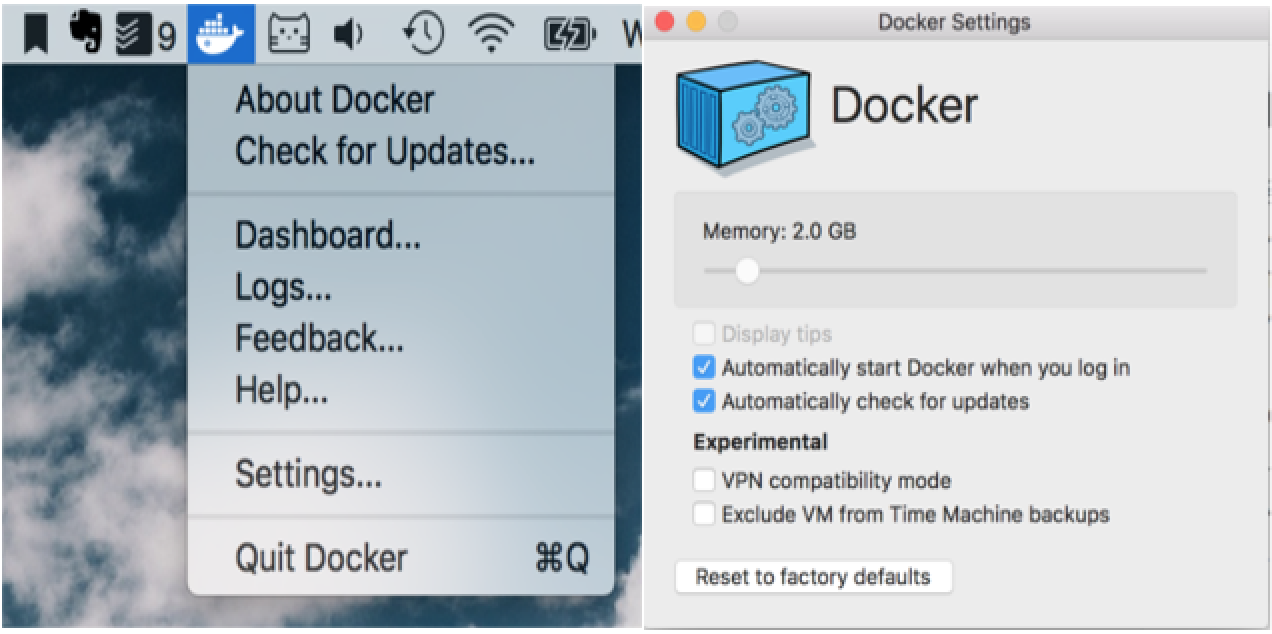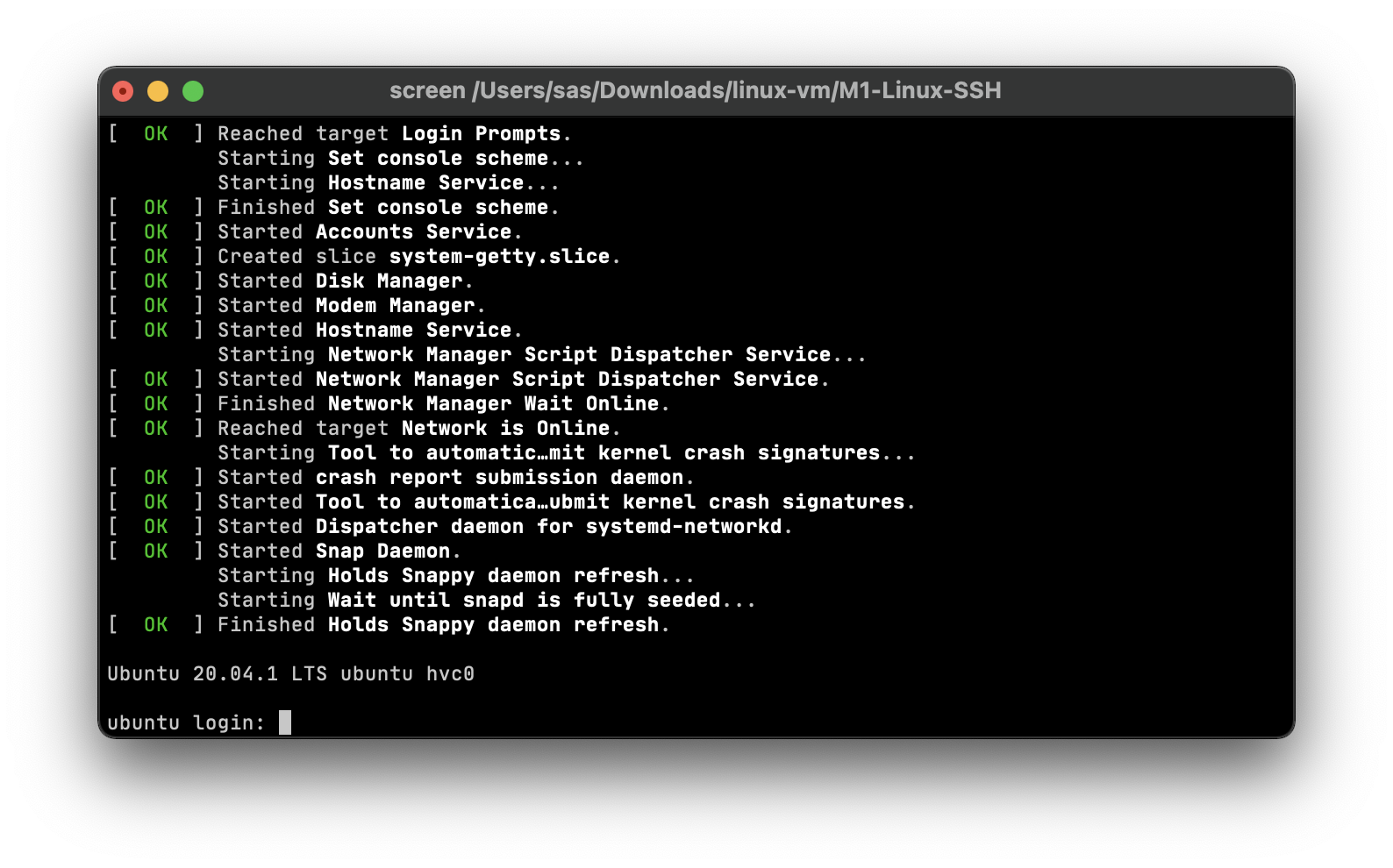

Sit back and wait for the installation to complete. Install macOS on the Virtual Machine.Ĭlose the disk utility and now click on Reinstall macOS Big Sur or whatever distribution for your case.Ĭlick continue to start the installation. Provide a name for the disk and click Erase Using the Disk Utility format the largest QEMU Disk.įor this case, the largest disk is 274.88 GB. First export the variables: OSX_IMAGE="$":/disktwo \ #4. The desired resolution can be set using the Height and width for example 800×600 will be: -e WIDTH=800 \ Mem: 20.5Gi 5.8Gi 5.8Gi 322Mi 1.6Gi 10.1GiĪdjust the RAM, Cores, SMP using the flags: -e RAM=6 \ Total used free shared buff/cache available The default RAM used is 3GB, but you can increase this depending on the available RAM. More customization options can be made to the container such as: You can customize the WIDTH and HEIGHT to match your desired resolution. There are several environment variables one can use. Now proceed and run the preferred macOS distribution in docker containers. Start and enable docker: sudo systemctl start docker & sudo systemctl enable docker #3. How To Install Docker CE on Linux SystemsĪdd your system user to the docker group.This guide requires one to have the Docker engine installed. Once installed, add your user to the kvm group. How To Install KVM on RHEL 8 / CentOS 8.How To Install KVM Hypervisor on Debian.Below is a list of guides to help you install QEMU on your host machine: KVM hypervisor is required to be able to run macOS in Docker containers. At least 50 GBs for :auto (half for the base image, half for your runtime image.




 0 kommentar(er)
0 kommentar(er)
